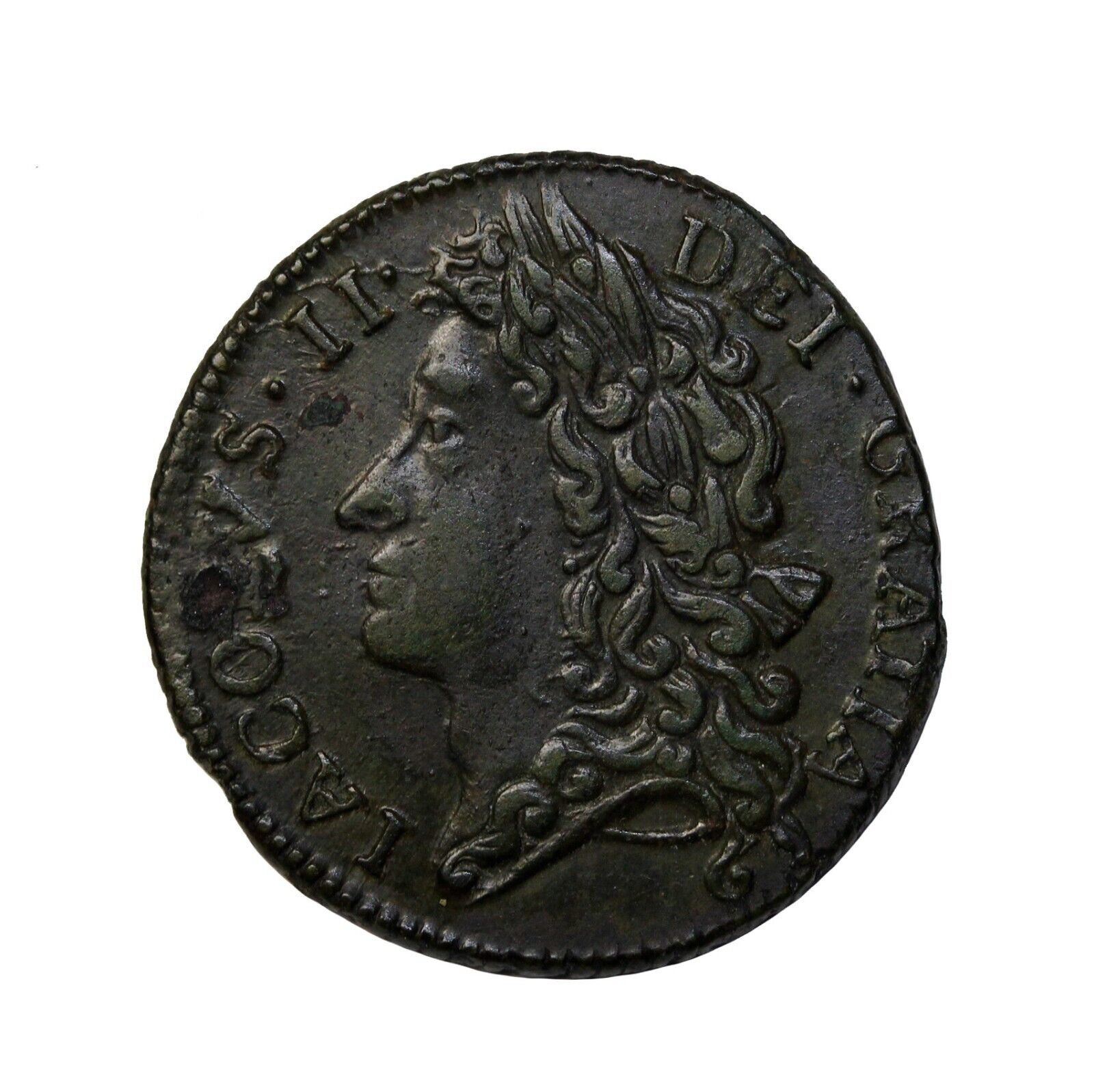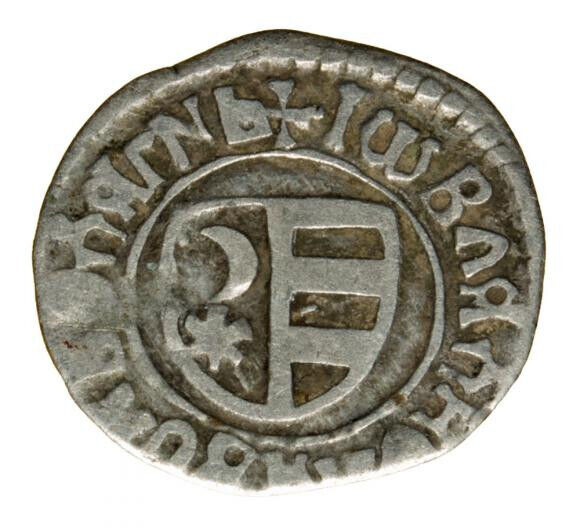-40%
BRISTOL ENGLAND EDWARD I LONGSHANKS AR PENNY 20mm 1.4g 7h S1416 2b c1280 AD NICE
$ 65.99
- Description
- Size Guide
Description
BRISTOL ENGLAND EDWARD I LONGSHANKS AR LONG CROSS PENNY 20mm 1.4g 7h S1416 2b c1280 AD NICEEDWR ANGL DNhVB BRISTOL LIC VILL
GREAT BUST WITH SUPERB TONING SO RARE THIS NICE
I WILL SHIP OVERSEAS ONLY THROUGH THE GLOBAL SHIPPING PROGRAM
Edward I Longshanks (or The Hammer of the Scots) was born in 1239, the first son of Henry III in a long line of English Plantagenet Kings.
Edward was deep in politics early in life and for a time opposed his father in a rebellion of Barons.
He fought in the failed 9
th
Crusade, and before he returned, he learned of his father’s death.
He spent his 1
st
years as King reforming royal administration, warring with Wales and subjecting them to English rule.
He is known for many accomplishments including establishing Parliament as a permanent institution, law reform and monetary reform, but is also known for his brutal conduct towards the Scots (as portrayed in Braveheart) and the Edict of Expulsion in 1290 that expelled the Jews from England until 1656.
The Plantagenets 1154-1485 were also called the 1
st
House of Anjou since the male line descends from the Count of Gatinais.
Another notable Count was Fulk, a crusader who became King of Jerusalem.
His grandson, Henry II (of Thomas aBecket fame) became the 1
st
Plantagenet King of England in 1154.
The last Plantagenet King was Richard III, known for his defeat at Bosworth Field in 1485 during the War of the Roses.
Archeological finds dating back 60,000 years have been excavated out of the Bristol area.
During Roman times, a settlement called Abona, located at the present Sea Mills, was connected by road to Bath and was included in the Antonine Library attesting to its importance.
A minster was founded around 990 AD and the first coin of Bristol was struck by Aethelred in 1010.
Its early name, Brycgstow meant ‘place by the bridge.
There was a major Viking slave trade in the 11
th
century which captured people in Wales and traded them through Bristol, to Dublin and then to ports all over the world.
Bristol Castle was erected by William the Conqueror, and in 1247 a great ditch was constructed in St. Augustine Marsh to straighten the course of the River Frome.
In 1373, Edward III separated Bristol from Gloucester and Somerset and it was ranked as the 3
rd
largest town in England behind London and York.
John Cabot began his exploration of North America in search of his ‘Spice Islands’ in 1497 and 3 ships were sent against the Spanish Armada in 1588 from Bristol’s port.
Royalist troops under Prince Rupert caused extensive damage to the town and castle in 1643.
Bristol became part of the Triangular Slave Trade, brutally transporting over 2000 ships of slaves from Africa to the colonies in America.
Important events in the year 1280:
Asen Dynasty of Bulgaria ends; Turin is conquered by Thomas III of Savoy; Births: King Birger of Sweden; Deaths: Magnus VI of Norway, Albertus Magnus, Pope Nicholas III










